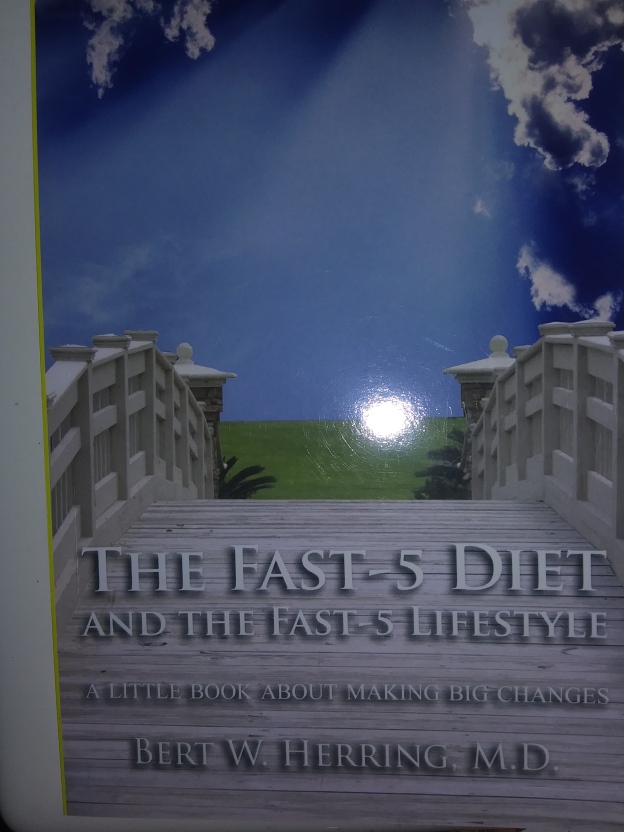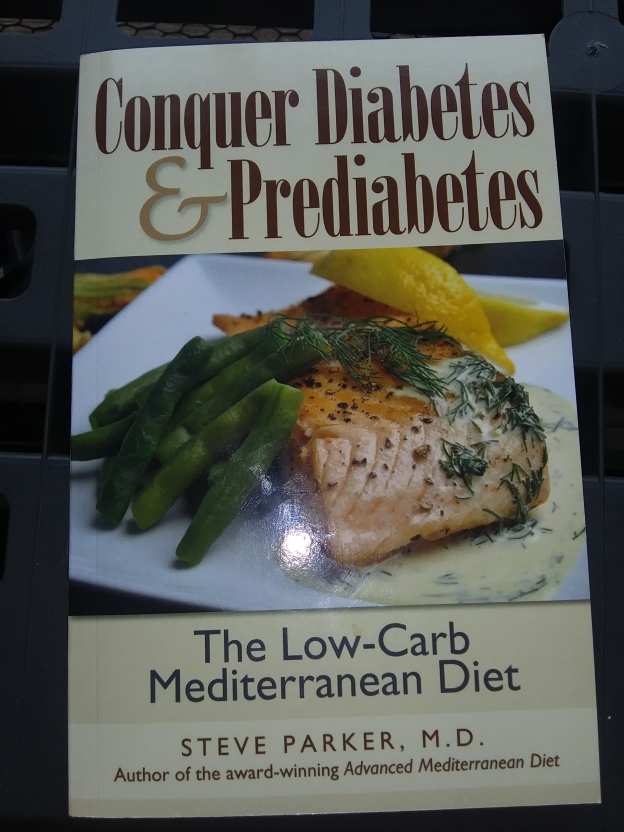I have a love-hate relationship with that certain pro-censorship social medium, Face~Book. I love that my aunt, my brother, my nieces and my cousins post there, I love it that I have years worth of kitten and cat pictures there, so I can discover the age of some of my cats by looking at what year their kitten pictures got posted.
But I hate all the topics you can’t even mention any more, like a certain US election, a certain disease, a certain theory about the global clim~ate… And now, baby formula. I posted a recipe from The Healthy Home Economist for home-made baby formula. I thought someone might need that information. I was just shocked that so many women didn’t know to breastfeed, and didn’t know how to make their own baby formula in case they couldn’t.
Face~Book took that post down. After all, many of their advertisers peddle processed food. And processed food addiction starts with babies, who are evidently supposed to be fed processed food formula and pureed processed baby food until they are old enough to eat goldfish crackers, boxed macaroni and cheese to replace vegetables, and Twinkies, setting them up for a lifetime of carbohydrate addiction, processed food eating, and obesity and diabetes.
I believe in people knowing the truth about nutrition and how to preserve their health. My mama cat, Refrigerated Roxie, knows how to feed her babies. She’s not that great a mother— she often weans her kittens too early and some other mama has to feed them for a while. But she doesn’t run to the store for processed-food kitten formula— she feeds her kittens herself, from her own milk.
I have heard there is an old formula recipe making the rounds with evaporated milk and Karo corn syrup. The Healthy Home Economist does not recommend that— though I think that’s the formula my mother made for me, quite some time ago. The HHE has a couple recipes, including a hypoallergenic one. Visit the link before it vanishes. https://www.thehealthyhomeeconomist.com
~ ~ ~ ~ ~ ~ ~ ~ ~ ~ ~ ~
A little while ago, I started a Substack newsletter to go along with this blog at https://nissaantimatter.substack.com. Not sure why I did that, other than frustration at WordPress wanting me to download a different browser instead of working with the browser I prefer. It is a free newsletter— it’s just an alternative, in case this WordPress blog goes nonfunctional.
You might also contact me on Gab, a free-speech social medium: https://gab.com/nissalovescats
I have a Keto group there, which you are welcome to join: https://gab.com/groups/63757





